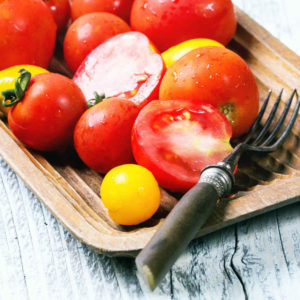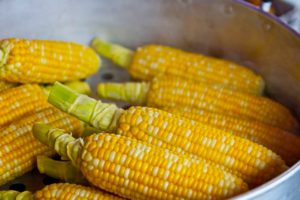
Have you ever enjoyed a crisp, juicy apple in October or a tangy tomato fresh from the garden in July? If you have, you likely experienced the simple yet wonderful pleasure of eating produce in season. (And surely agree that there is no comparison to an out-of-season tomato eaten in January!) Savor the flavors of the seasons, and choose produce that is in season in Colorado. By doing so, you will get the most bang for your buck–in both flavor and nutrition!
Taste
For most people, taste is the most important factor in determining what to eat. Produce grown and eaten in season is fresh and can be bursting with flavor and taste.When food is not in season locally, it must be shipped from other parts of the world or stored in a warehouse for long periods. In the process, food can lose water, texture, and most importantly, flavor.
Nutrition

Nutritional quality of produce can also decrease over time and during processing techniques used for prolonging the shelf life. When eaten soon after harvest, the produce retains more of its nutrients.
Cost
When a crop is in season, the supply is higher, and the price tends to go down. When a crop is out of season, it is harder and more expensive to acquire, and the price tends to go up. When a crop has to be shipped across country or around the world, there are also added environmental and fuel costs.
Variety
Rather than eating the same fruits and vegetables all the time, choosing to eat seasonally can make mealtime more exciting. This means a variety flavors, taste, textures, and a greater variety of nutrients.

Learn more about seasonal foods grown in Colorado on CSU Extension’s Farm to Table website and also explore ways to preserve seasonal produce!
(Thank you to Janie Jacoby, a graduate student in the Department of Food Science Human Nutrition, for assisting with writing this article.)


I don’t know about everyone else, but fresh corn on the cob and tree ripened Colorado peaches are my most anticipated seasonal foods each year.